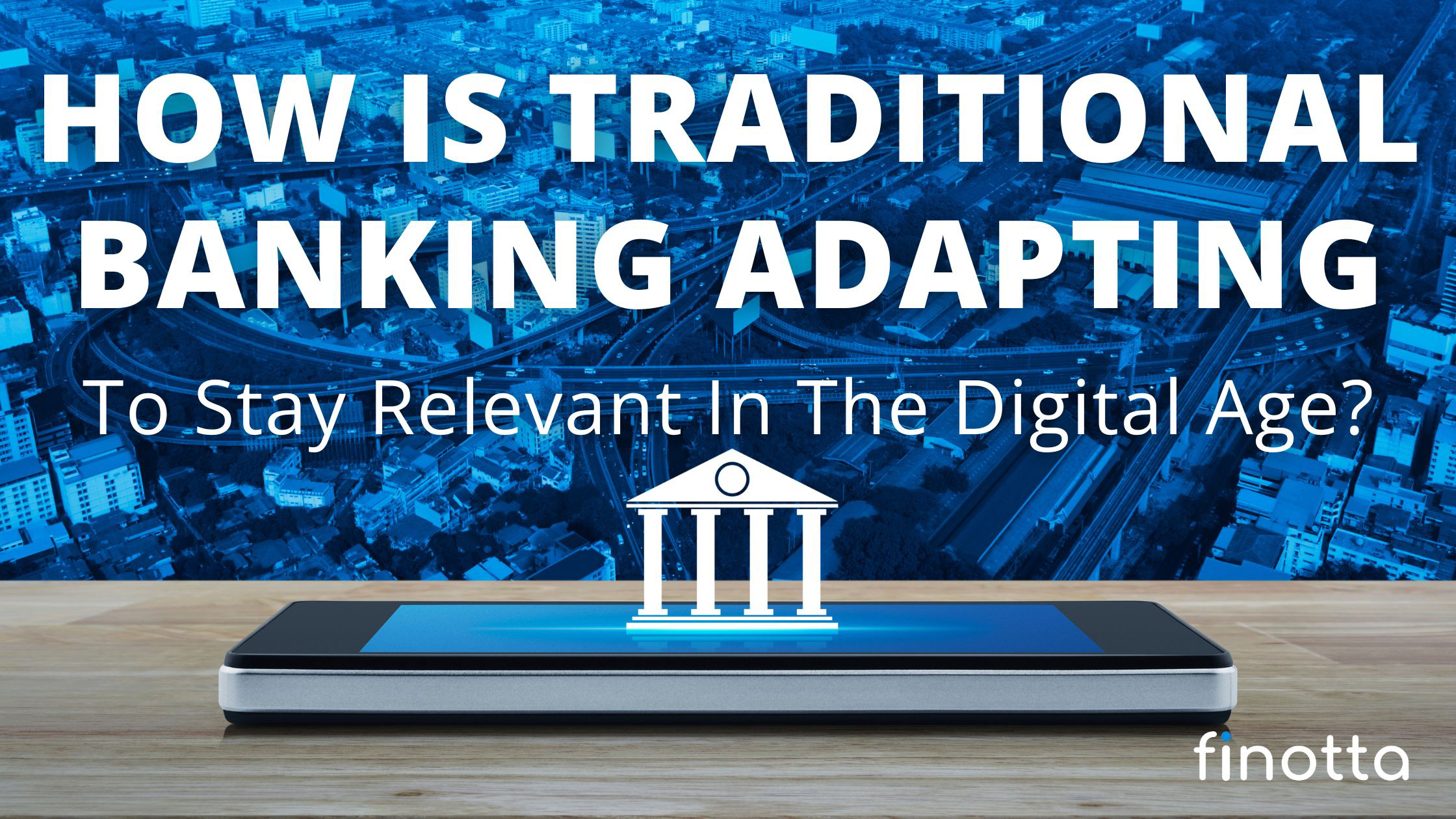Finotta
May 9
4 min read

